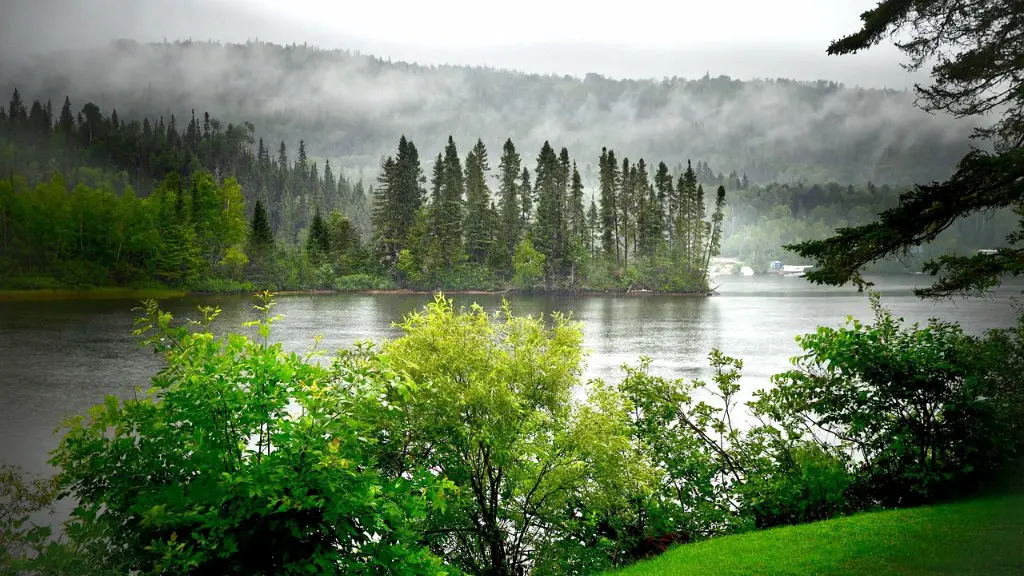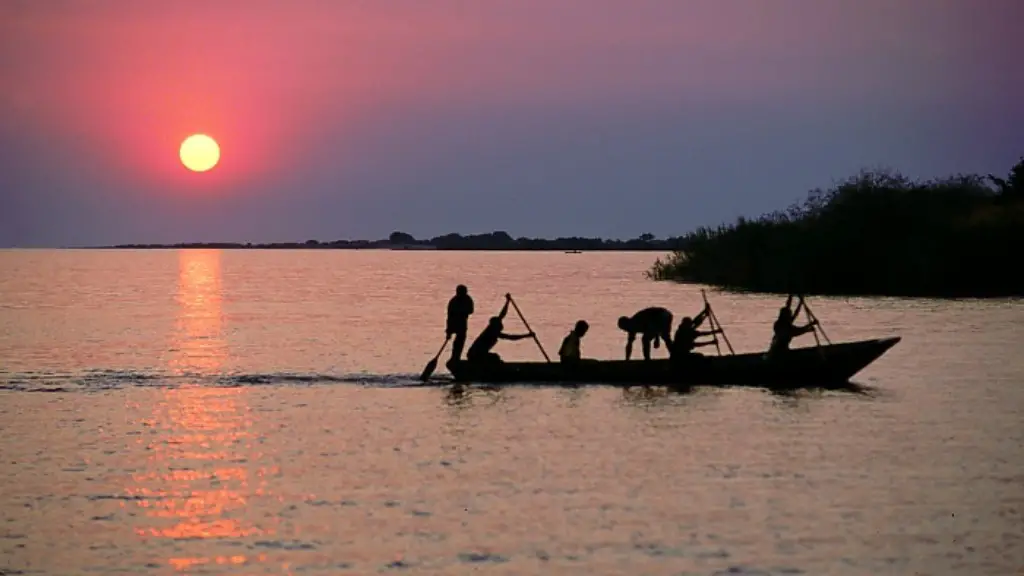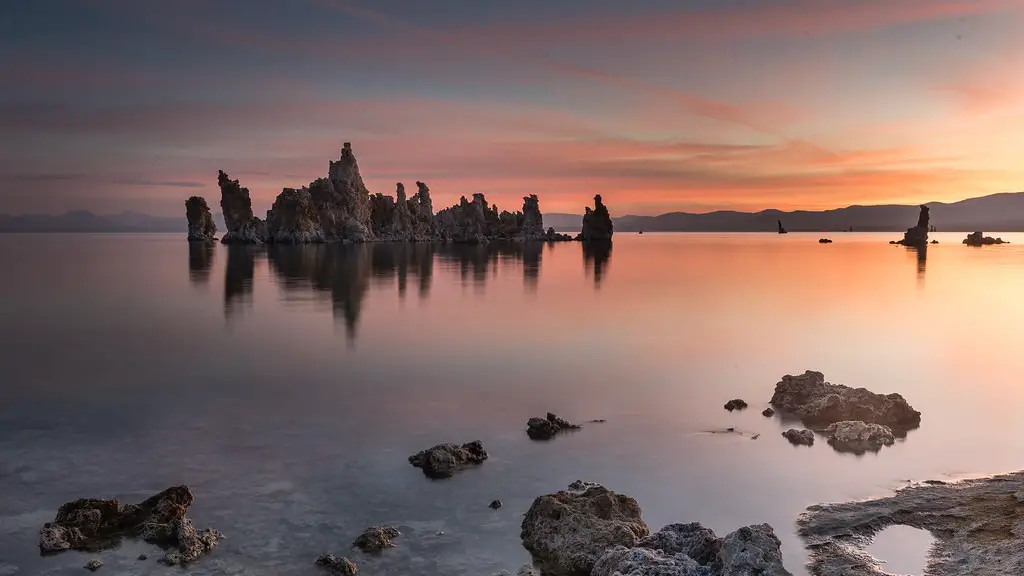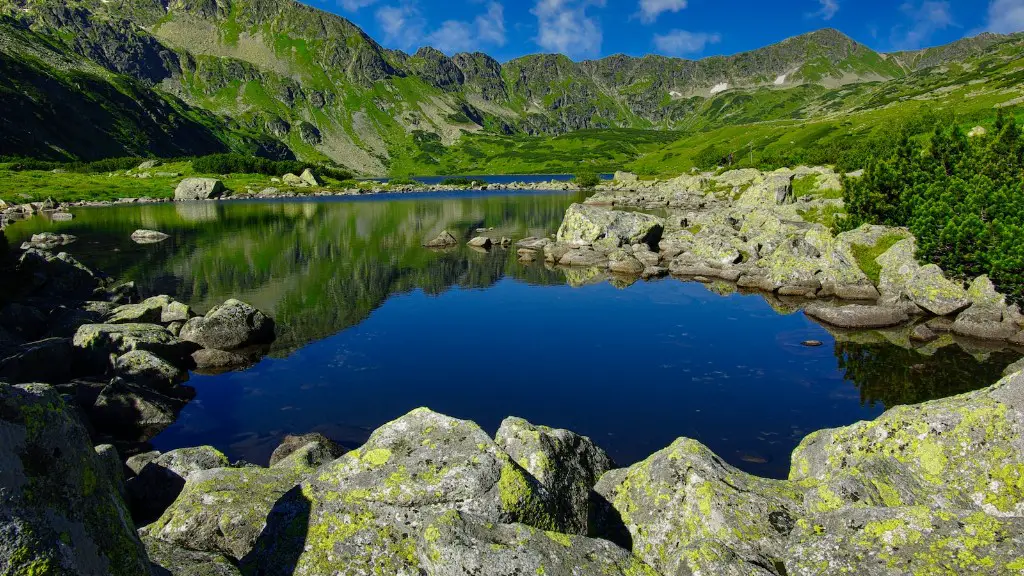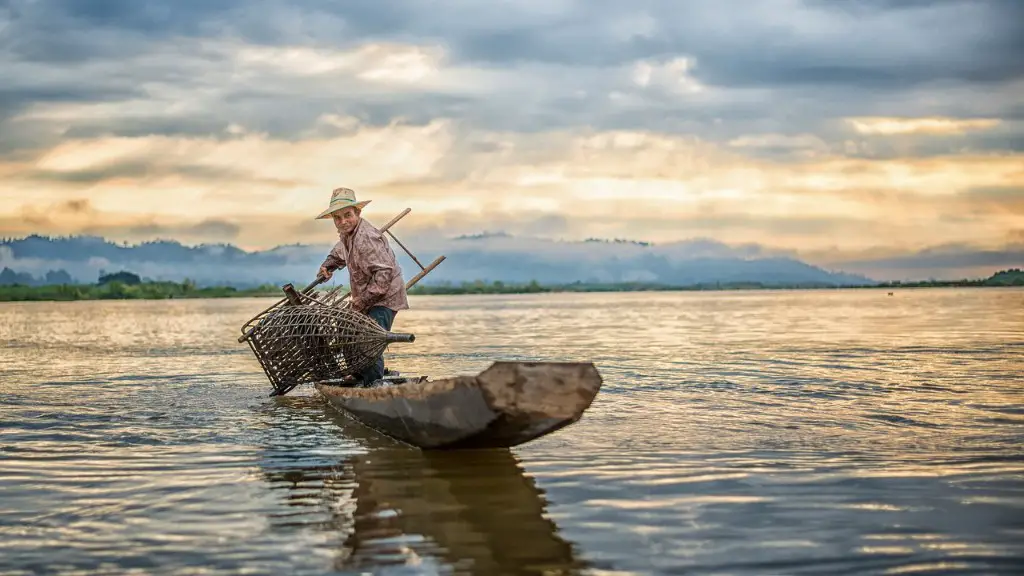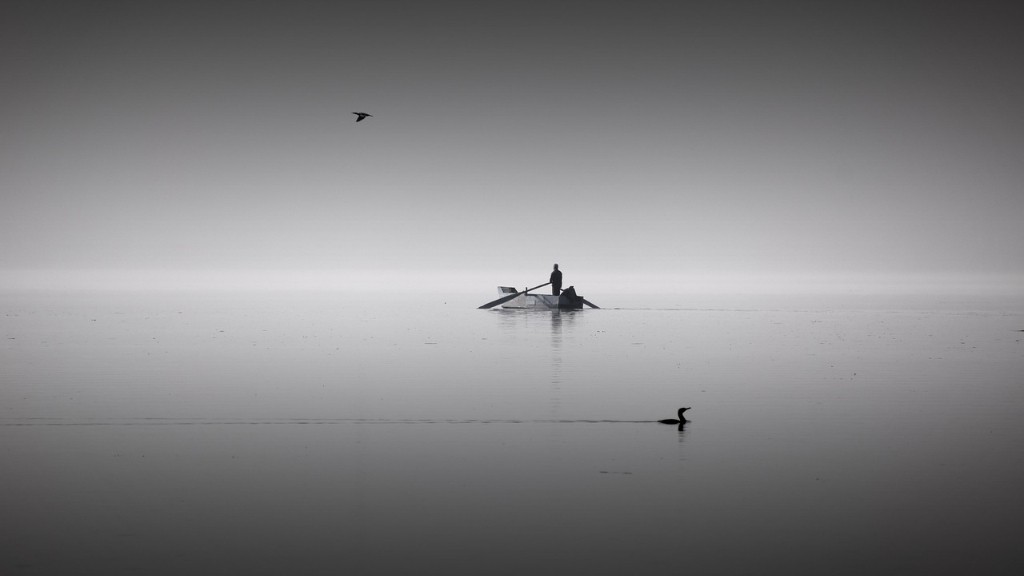Pollution Causes
Lake Superior is the largest and deepest of all the Great Lakes, encompassing an area of 82,103 square kilometres. It′s a popular destination for both local and international tourists, however how clean is this mammoth lake? Unfortunately, it faces pollution issues due to chemical contamination, climate change and overharvesting.
First and foremost, the toxic chemical contamination in the lake is a huge issue. This contamination comes from runoff from the cities and industrial waste that has been improperly disposed. In addition, agricultural activities can also contribute to the contamination of the lake through excess herbicides, insecticides and fertilizers. These pollutants can have a serious adverse impact to the aquatic life living in Lake Superior, and can ultimately affect the human population too.
Climate change is also a big threat to Lake Superior as water temperatures increase in the summer. Warmer temperatures can also lead to an increase in algae growth which can cause an imbalance in the ecosystem of the lake. If temperatures continue to rise, species of fish unique to Lake Superior will be at risk and in danger of extinction.
Excessive fishing is another concerning factor that disrupts the balance of the lake. Overharvesting of the lake’s resources, such as aquatic species and lake beds, can cause drastic changes in the lake’s habitat. This could lead to a major decline in the lake’s fish population if proper regulations are not adhered to.
Prevention Measures
In order to protect the lake from further deterioration, it is important to put preventative measures in place. By doing this, the lake can continue to thrive and remain a prosperous and abundant water source for the surrounding area.
First, the introduction of water-treatment technology to reduce chemical pollution from factories and cities is an effective solution. This is crucial in order to decrease pollutant levels and to limit the amount of hazardous chemicals entering the lake. This is already being widely used in some areas around the lake, but it needs to be widely implemented and regulated to ensure less contamination.
Secondly, to prevent overharvesting and overexploitation of the lake’s resources, sustainable fishing practices must be implemented. This can be done by involving local communities and by introducing catch limits. Proper and stricter regulations need to be established in order to ensure the long-term sustainability of the lake and its resources.
Finally, as climate temperature continues to rise, Lake Superior needs to be equipped with solutions to adapt to the changing climate. Sustainable dredging projects, such as controlling vegetation and preventing sediment runoff, can help reduce the negative impacts of climate change.
Human Impact
Humans have had a huge impact on the ecological health of Lake Superior. Deforestation, which affects water quality, has had a devastating affect on the lake. Decades of unsustainable logging and timber harvesting has caused severe erosion and destruction of the riparian habitats around the lake, which is detrimental to the local wildlife.
Agricultural activities have also caused disturbances in the lake. Excessive runoff from farms and overuse of fertilizers has caused massive disruption in the lake ecosystem and has affected much of the aquatic life living in the lake. Proper regulations need to be implemented in order to limit further human damage to the lake.
Cleanup Efforts
The good news is that many organizations and individuals are actively working to restore and clean up the lake. From monthly beach cleanups to eliminating litter and plastics from entering the water, these efforts are proving to be effective in keeping the lake cleaner and protecting the ecosystem of the lake.
In addition, conservation initiatives are being implemented which focus on protecting the native species and habitats. This is being done through the introduction of buffer zones, fisheries enhancement projects and the proposal of conservation regulations. All of this is helping to restore Lake Superior back to its natural state and preserve its beauty and abundance.
The fight against climate change is a global problem and must be addressed by taking on initiatives to reduce emissions, invest in renewable energy sources and reduce water pollution. These initiatives need to be wide-reaching, but it is also important to focus on our local resources and what needs to be done to protect them.
Conclusion
It is clear that Lake Superior needs to be protected from any pollutants and waste entering the lake from nearby cities and industrial areas. It is also important to put measures in place to reduce the effects of climate change, overharvesting and deforestation. With the help of key organizations and citizens, Lake Superior can continue to remain clean and healthy for everyone to enjoy for years to come.
Government Intervention
governments have an active role in protecting Lake Superior from any further damage and pollution. They have the power to introduce laws, regulations and protocols in order to maintain the lake’s natural beauty and integrity. Governments can use their resources to fund clean-up initiatives and campaigns that promote environmental awareness and sustainability.
In addition, they can implement strategies to reduce waste, reduce emissions and invest in renewable energy sources. This is a crucial part of the fight against climate change, and governments are in a unique position to take a leading role in restoring the environment.
Government intervention is also key in implementing stricter regulations and protocols to protect Lake Superior from fishing and harvesting. Laws should be established to ensure that fishing and harvesting is done sustainably and in accordance with the lake’s long-term sustainability.
Reclamation Projects
In recent years, there have been many efforts to reclaim contaminated sites around Lake Superior. This is crucial in order to reduce the amount of pollutants entering the lake. Reclamation projects include the creation of special containment systems which are designed to reduce the amount of waste that enters the lake.
These projects have also been implemented to create healthy habitats for aquatic species. This helps to restore the lake’s balance and enables the thriving of many species that are essential to the ecosystem of Lake Superior.
Reclamation projects are also being used to revive degraded shorelines of the lake. This helps alleviate the effects of erosion and prevents further degradation of the shoreline. This is an effective measure in preserving the natural beauty of the lake and ensuring its long-term health.
Overall, efforts to protect and clean up Lake Superior are slowly but surely taking effect. To ensure the long-term sustainability of the lake, these efforts need to be maintained and expanded. By continuously creating awareness and engaging in sustainable practices, the lake can continue to thrive and remain healthy and clean for years to come.
